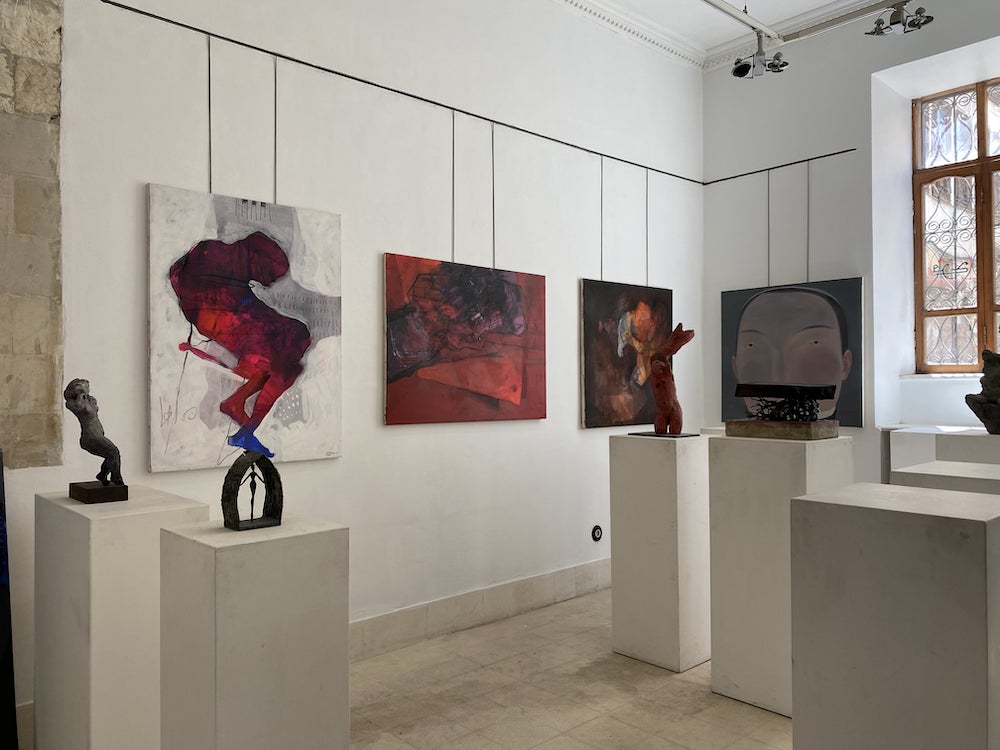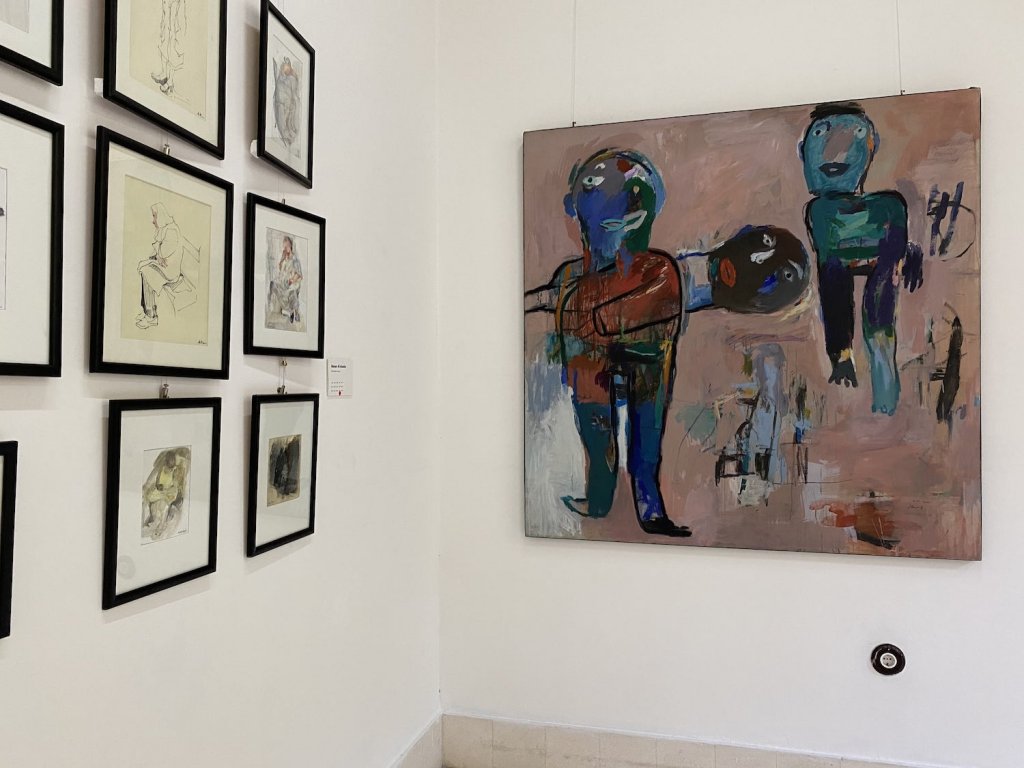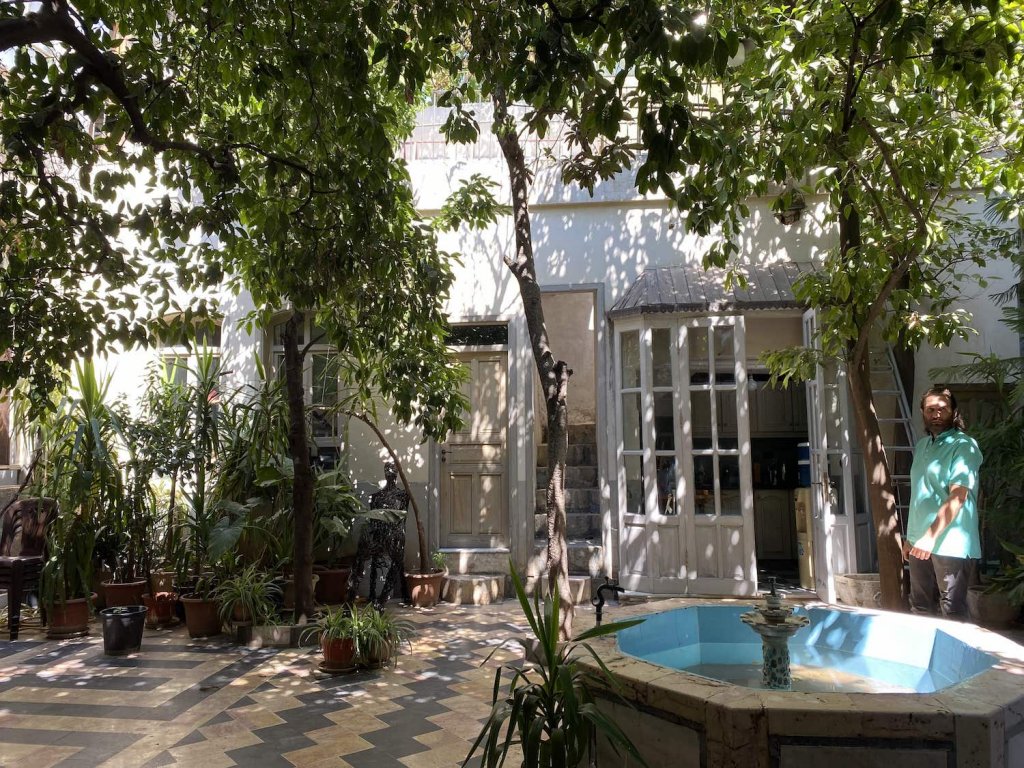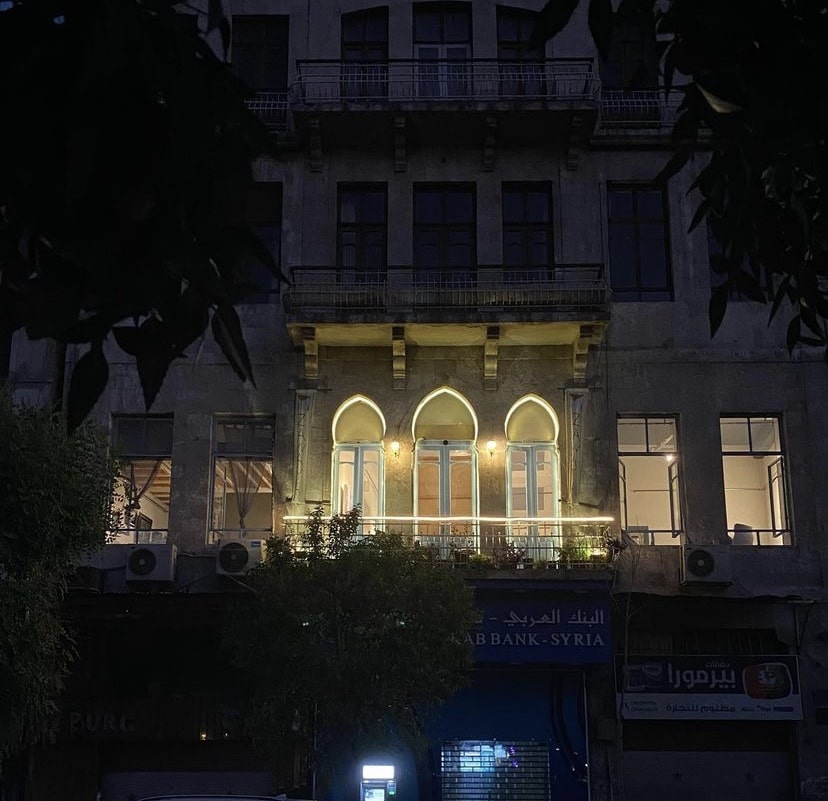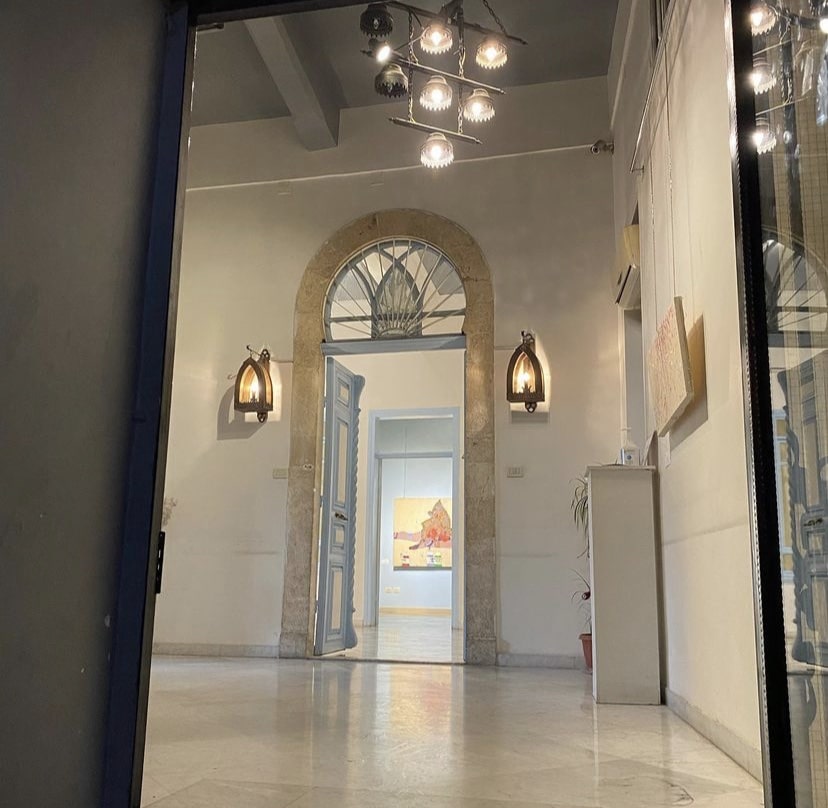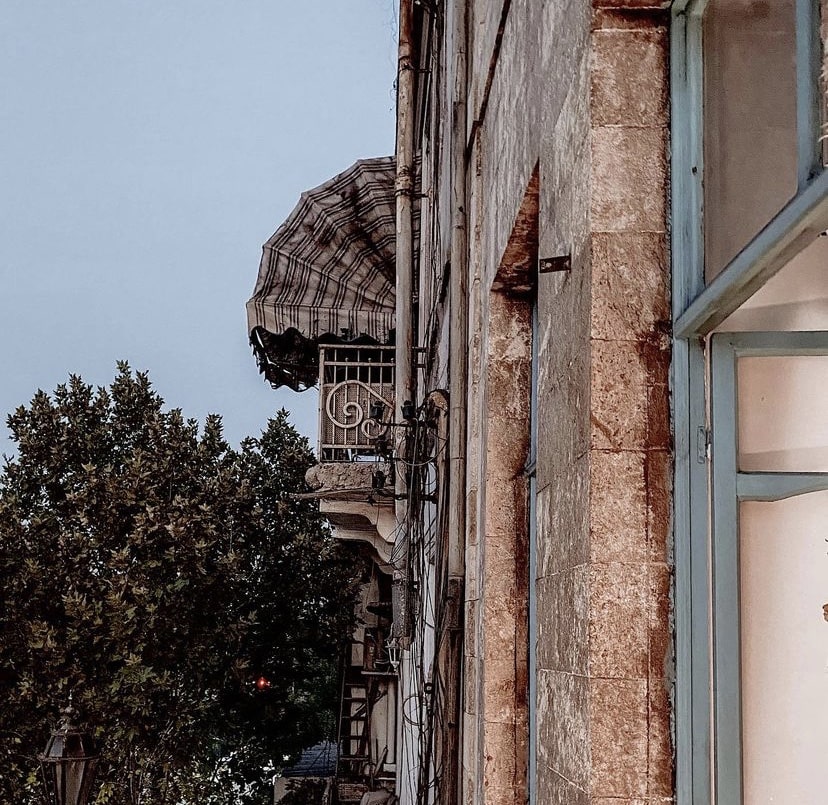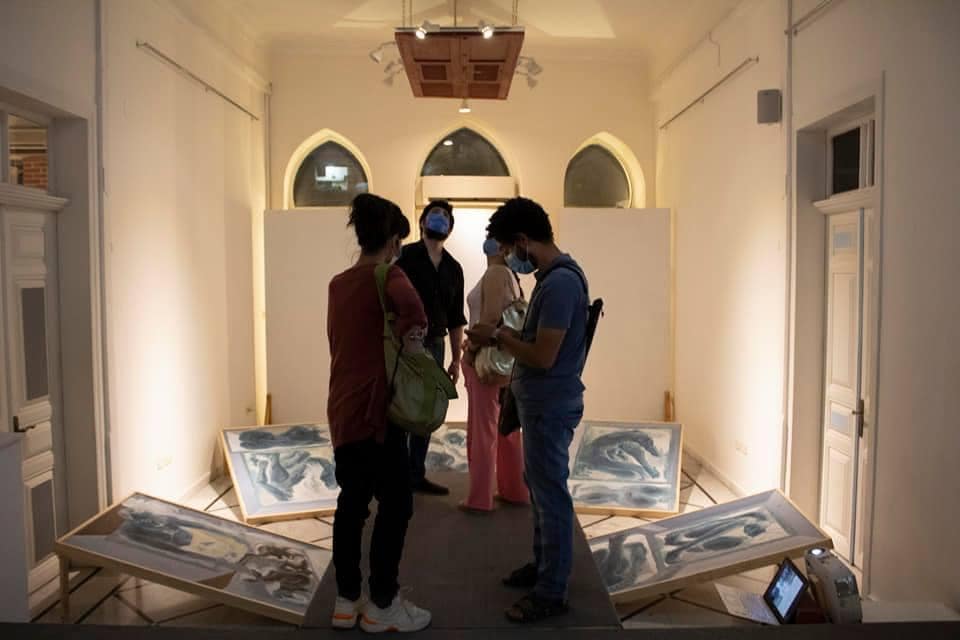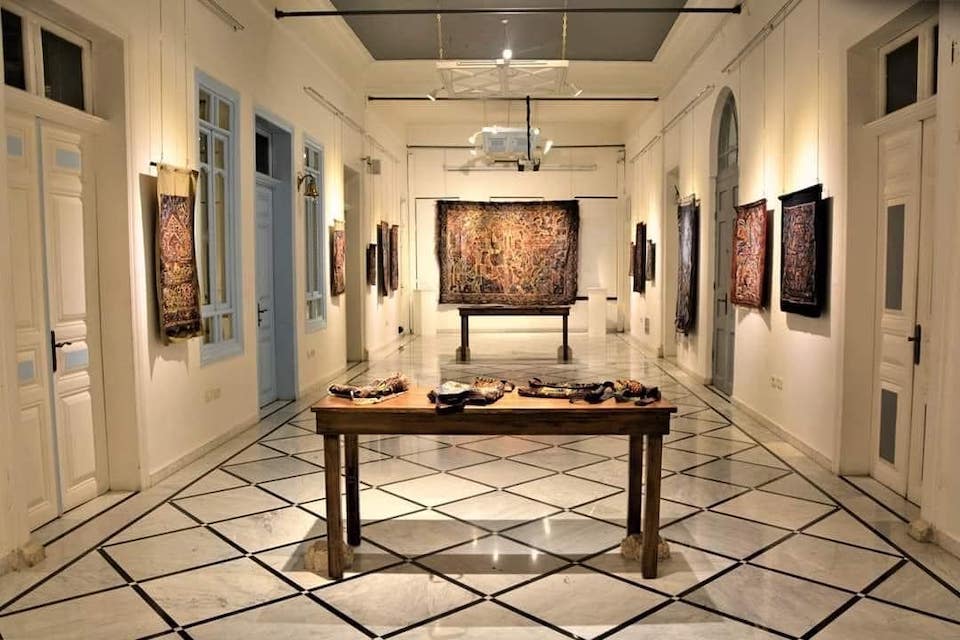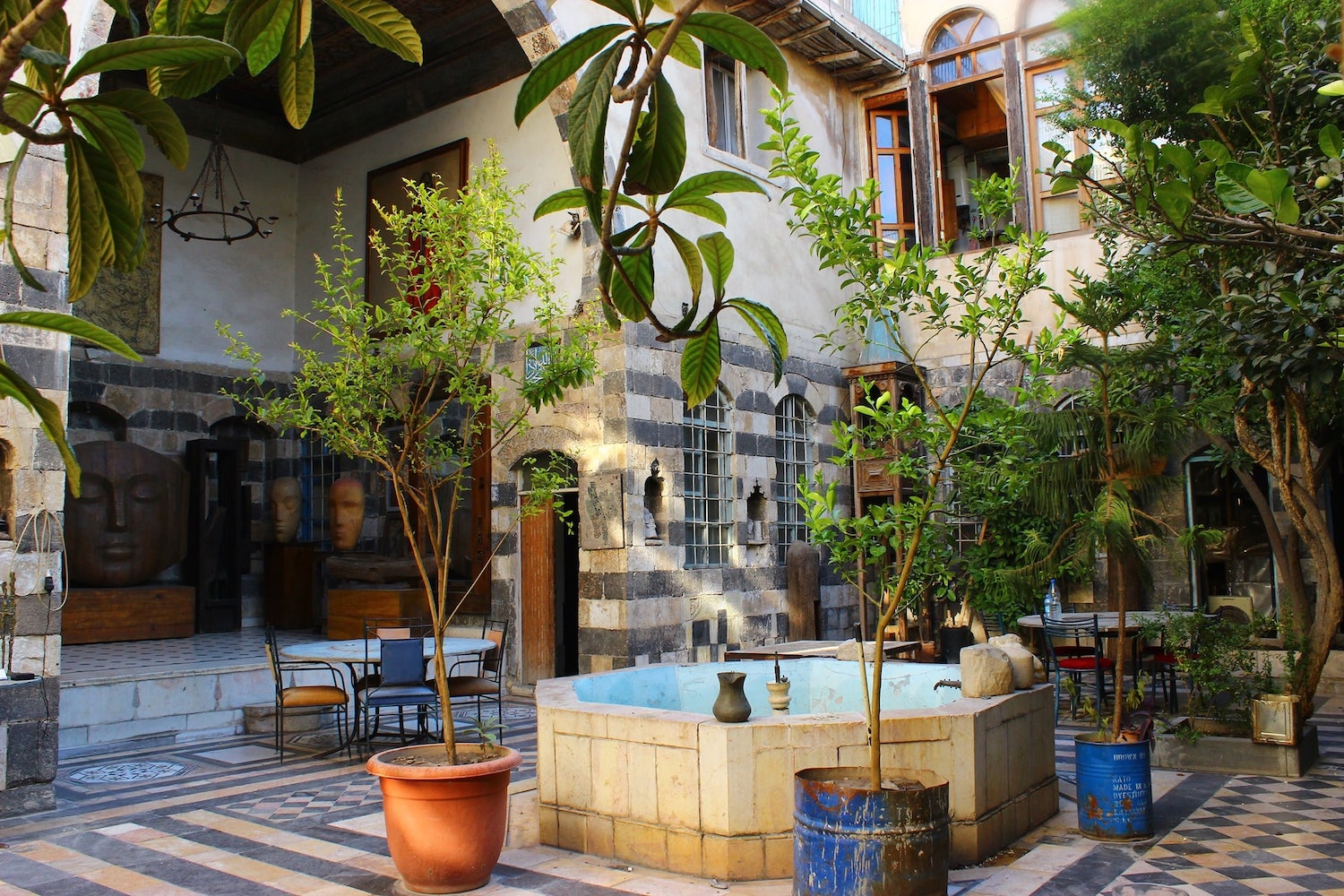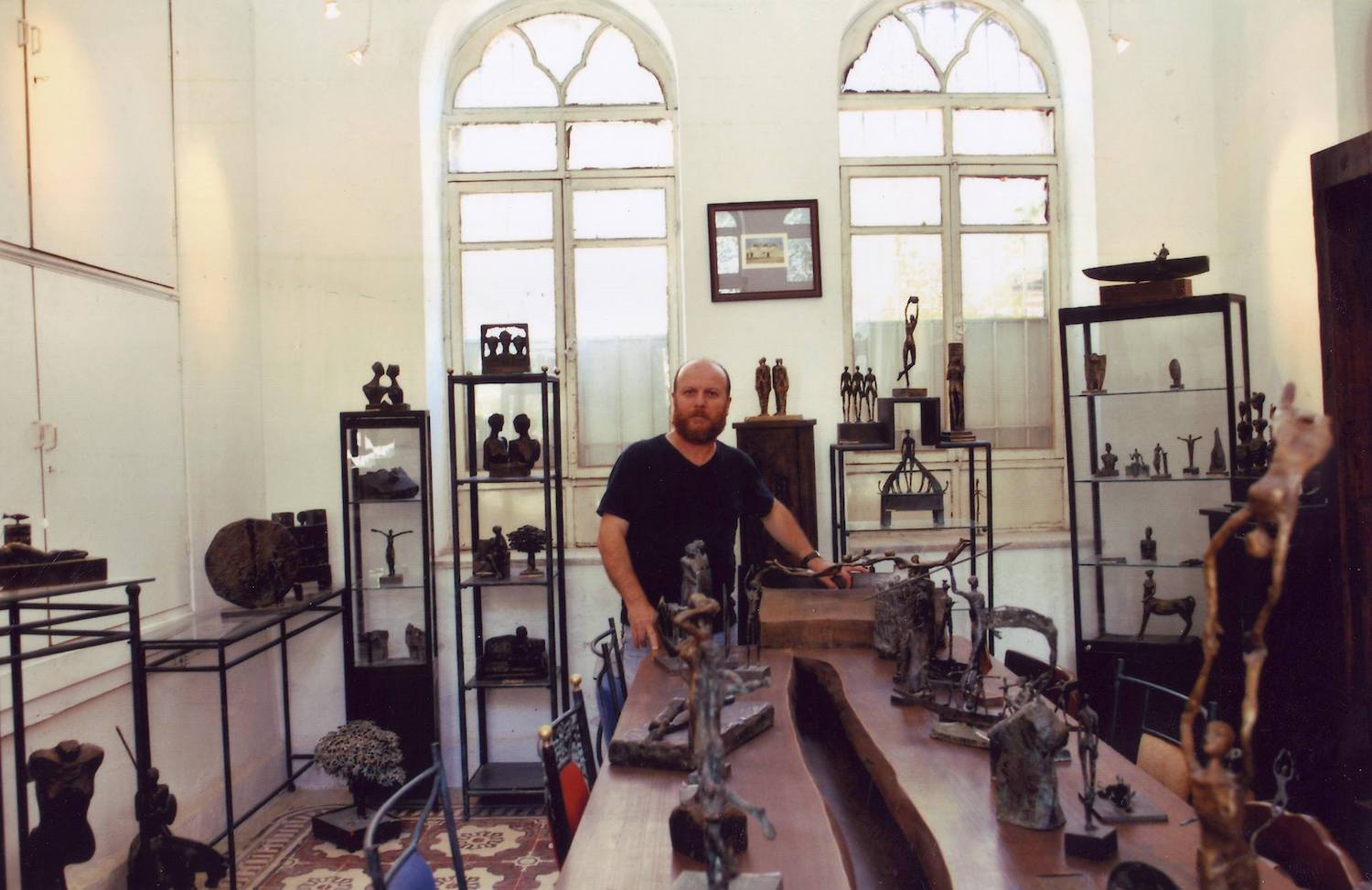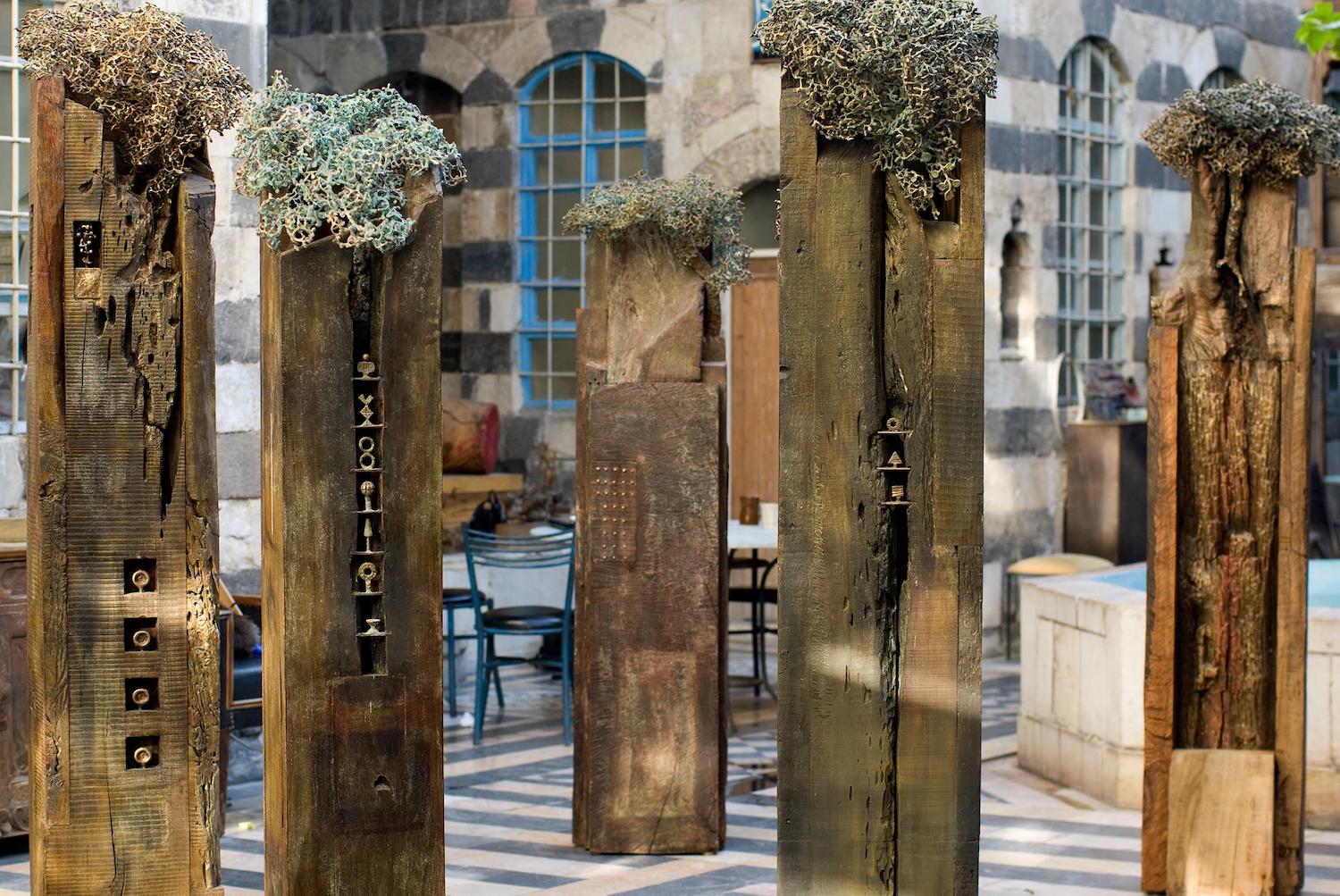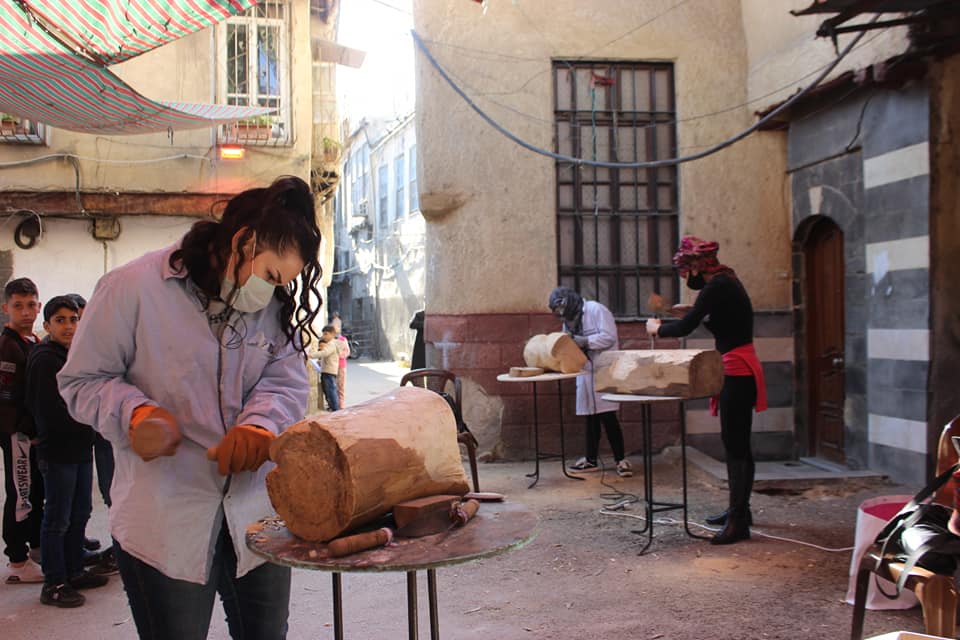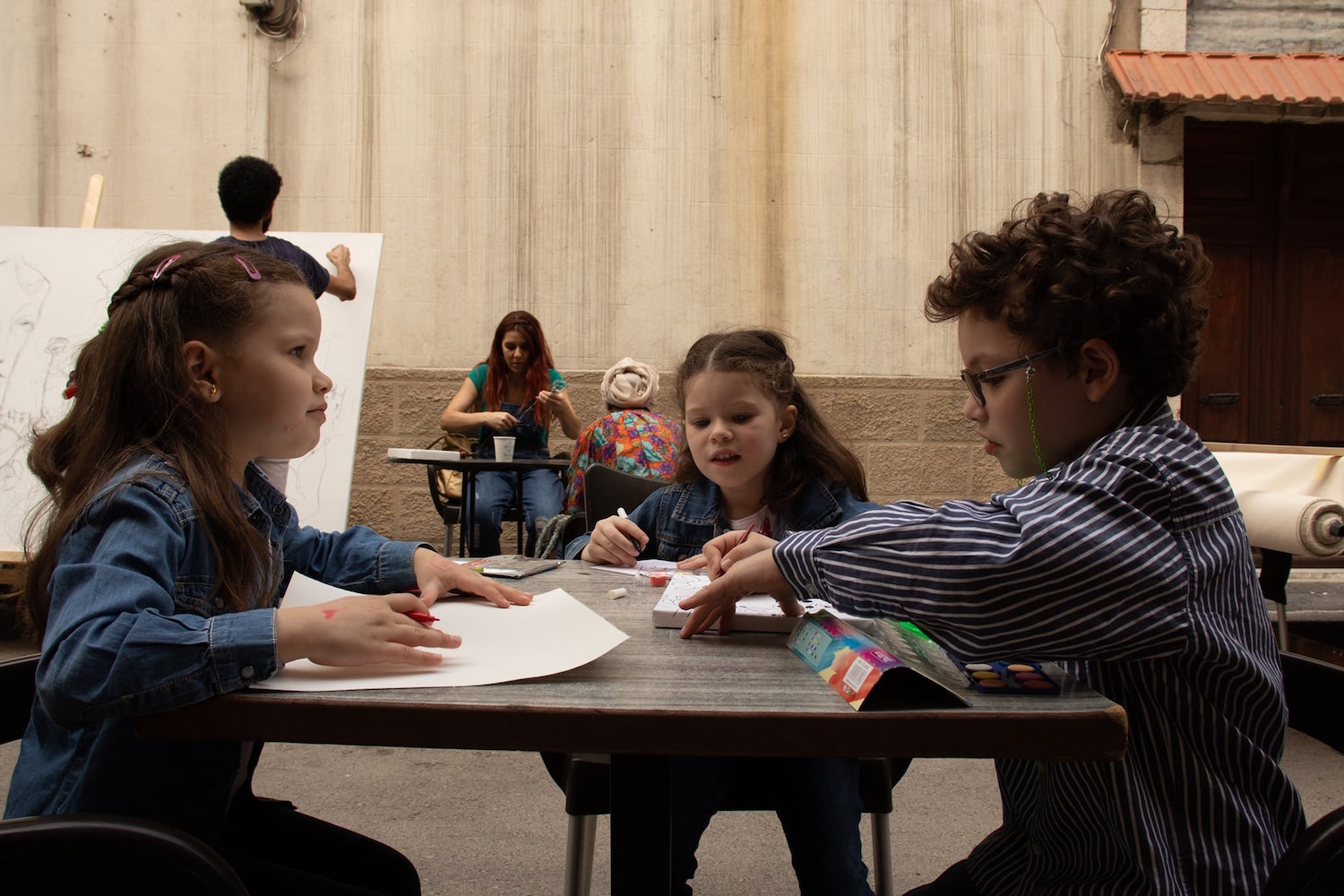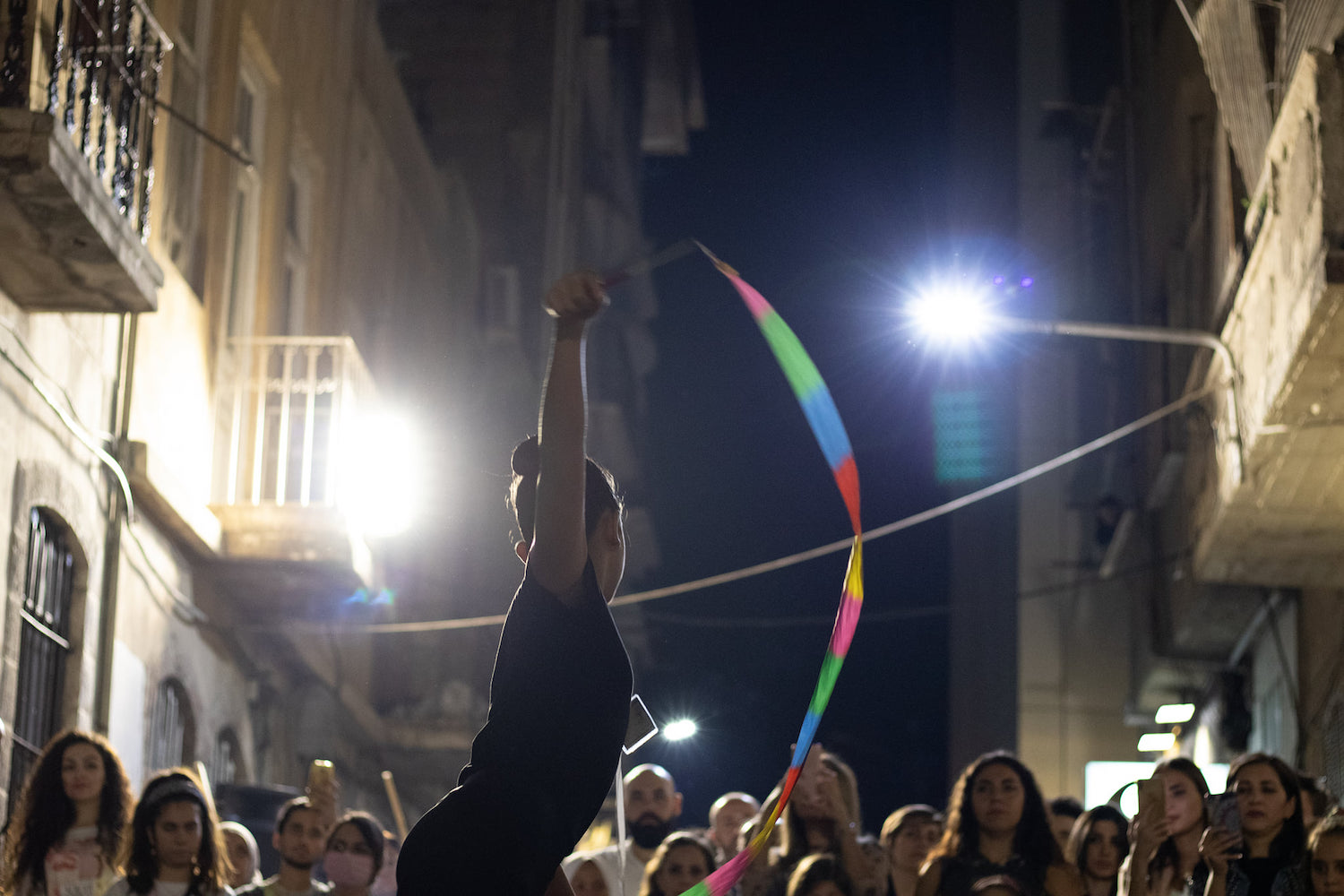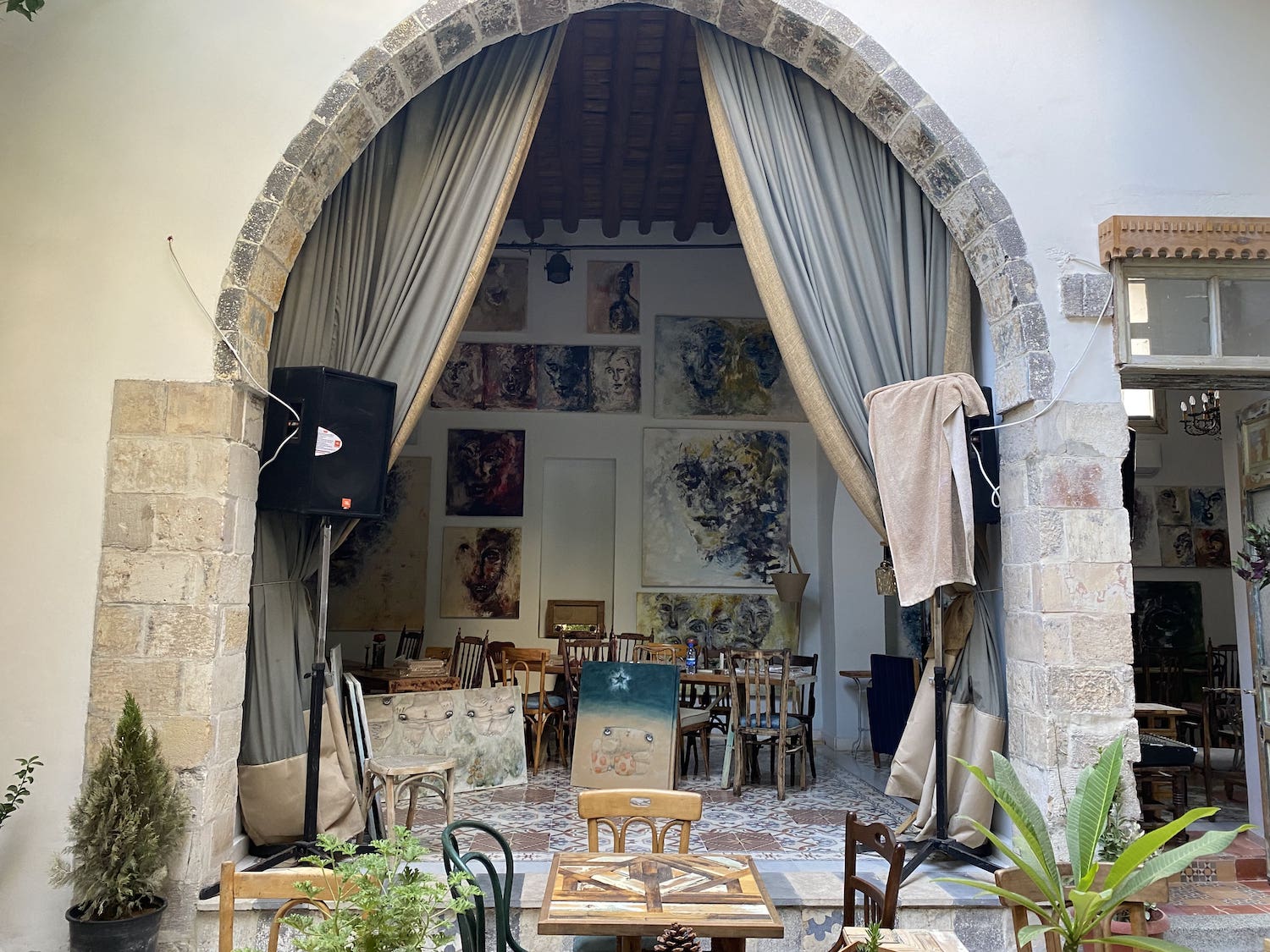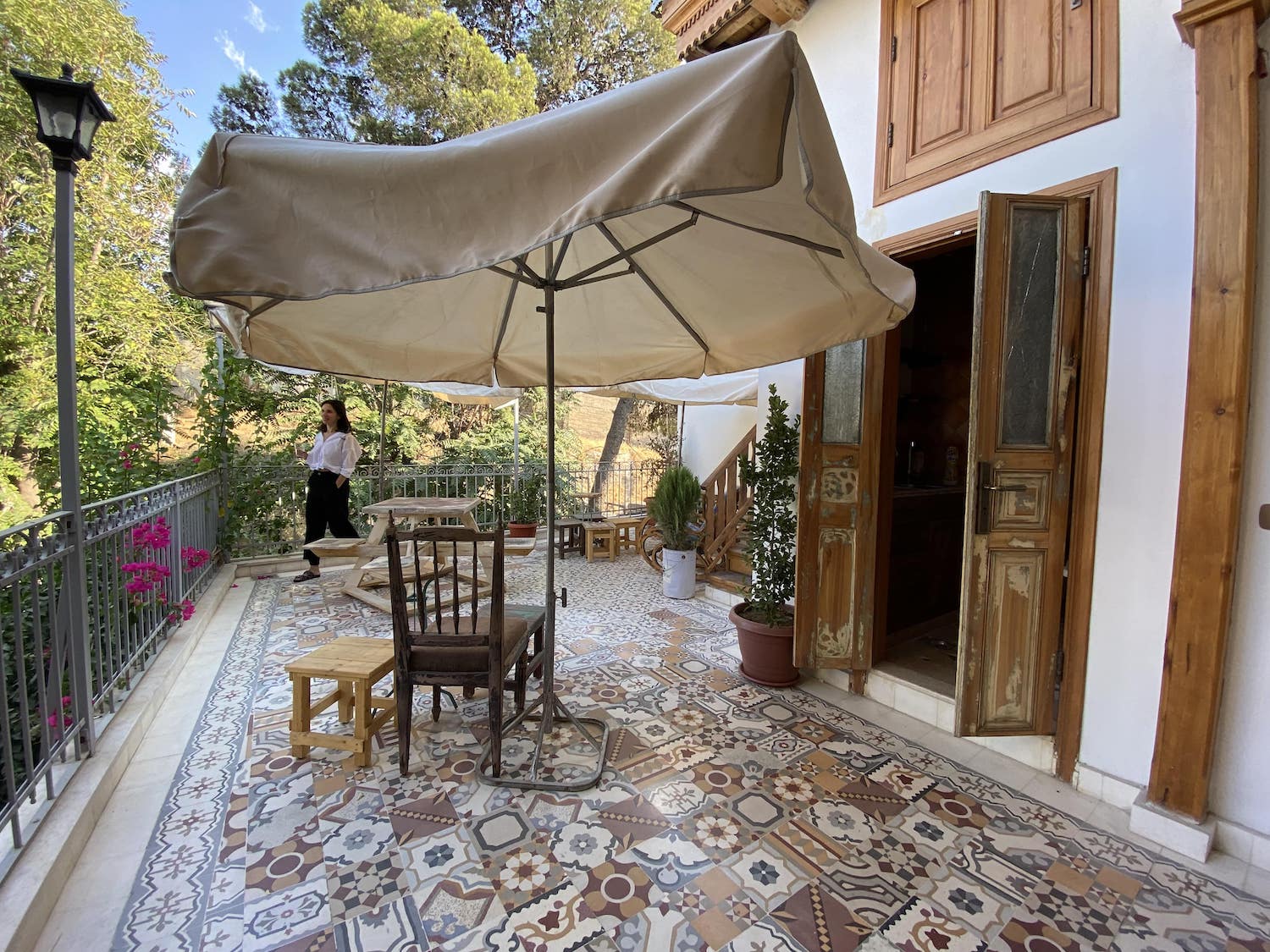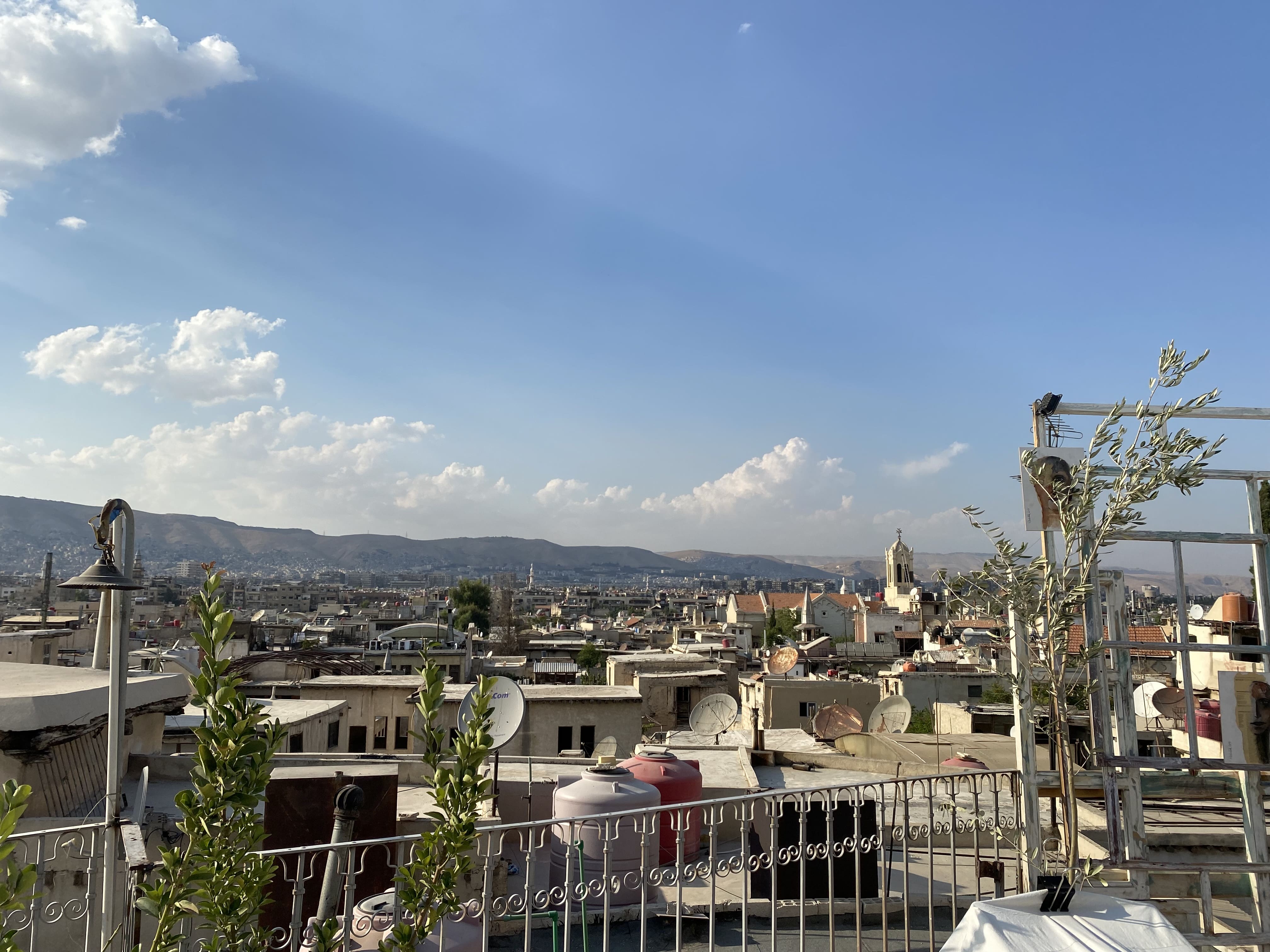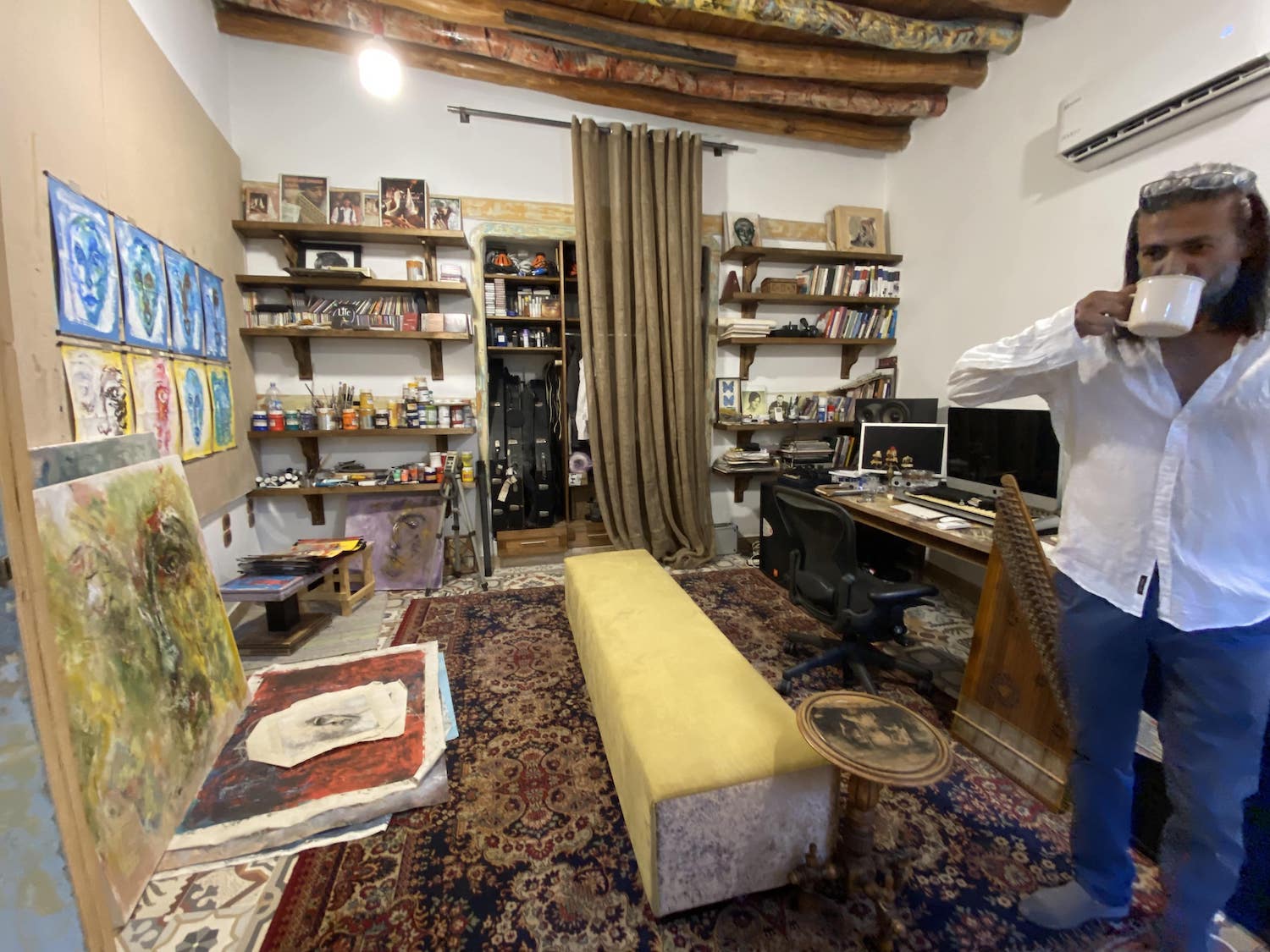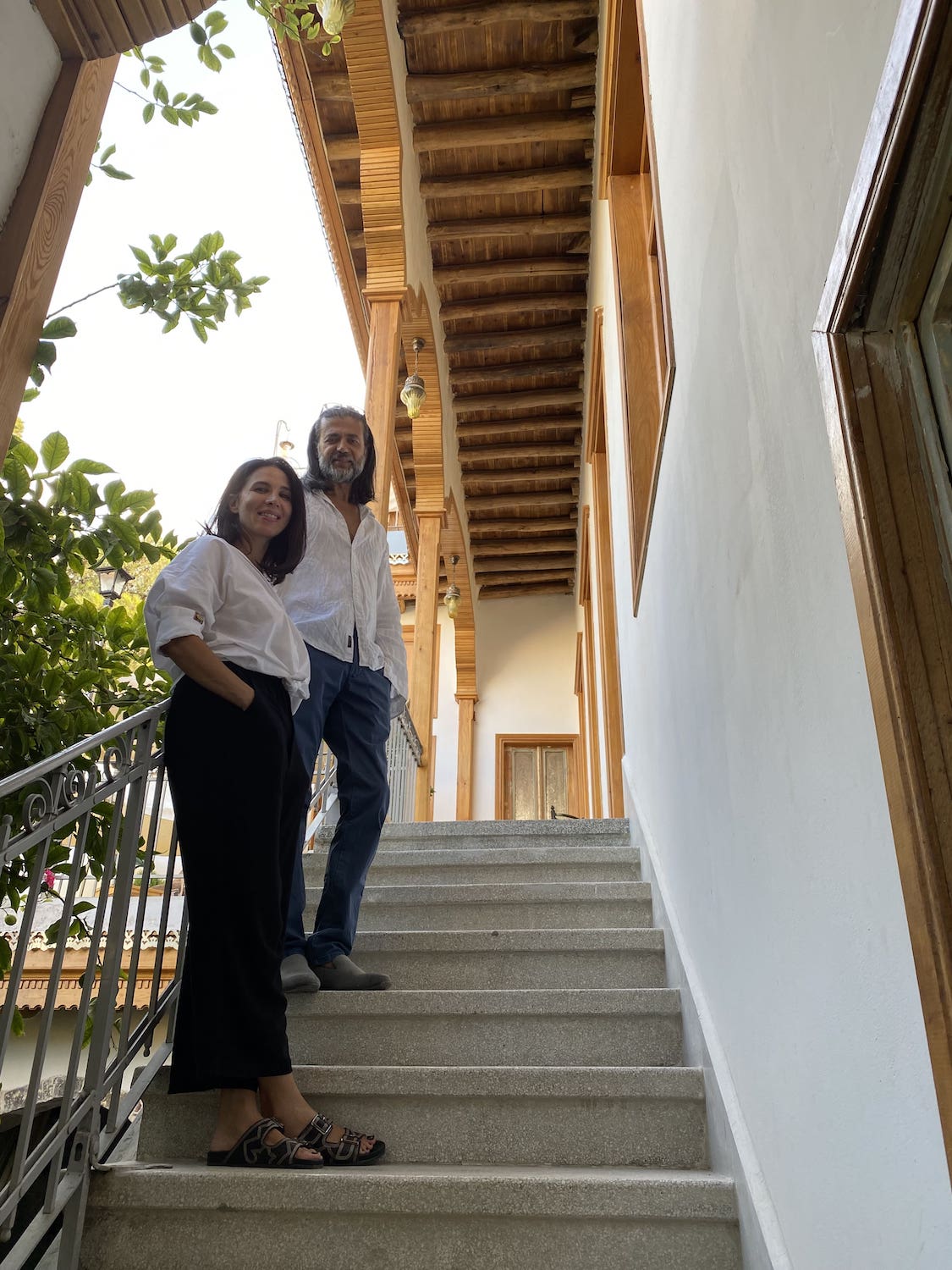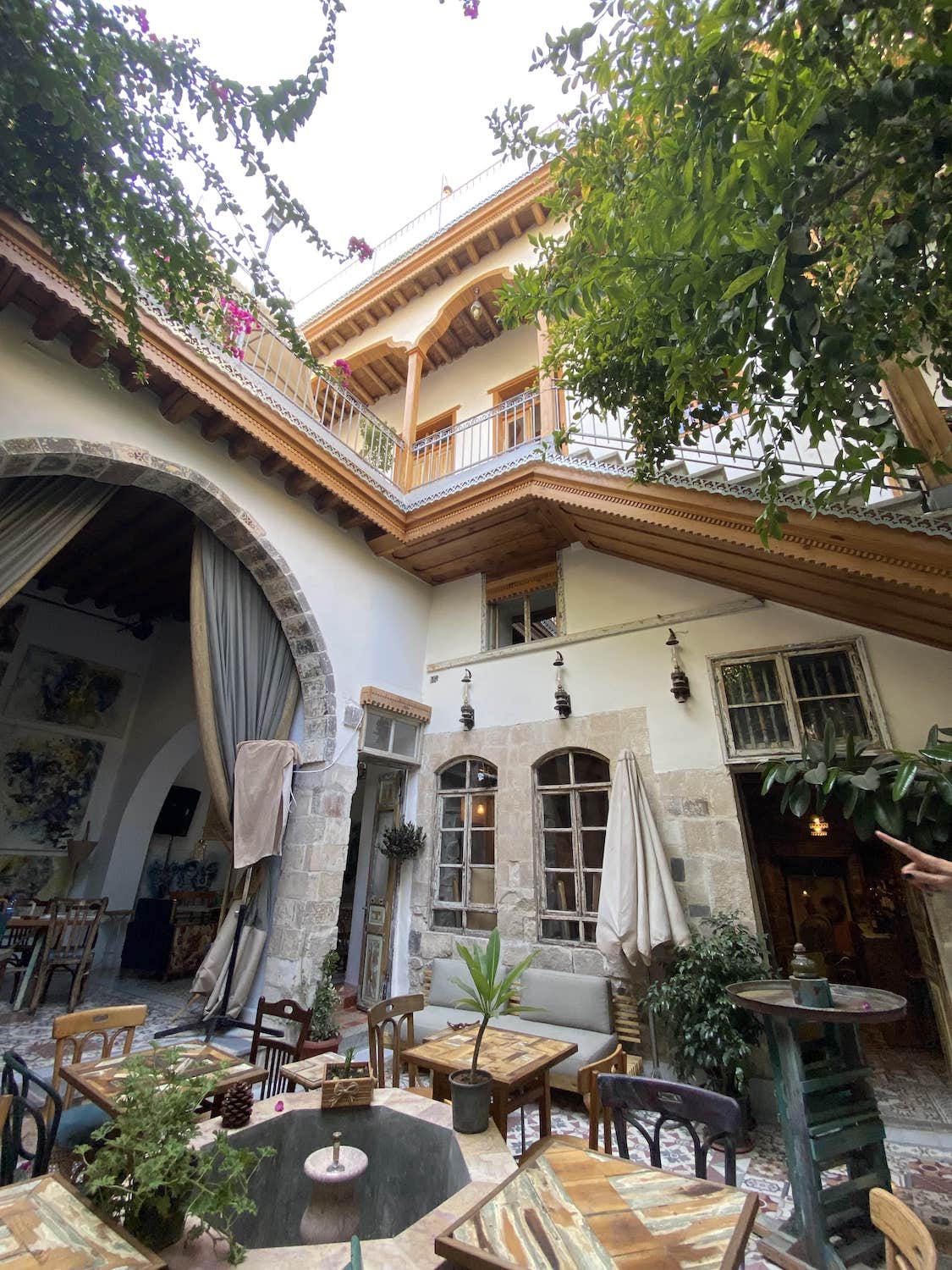As the world’s longest continuously inhabited capital, Damascus has been more culturally renowned internationally for its ancient appeals than its contemporary art scene. However, regionally, Damascus had always played an important role in the development of artists, exchange of ideas, music and theatre.
In the 2000s, experimentation characterised the contemporary art scene as young artists began to rethink their role in society, using media not widely used by the generation that came before them, turning to video, installation, and performance art. This experimentation attracted a few new galleries with international ambitions to set up shop and serve as talent incubators for Syrian artists: Ayyam Gallery, now with its home in Dubai’s Alserkal Avenue for more than 15 years, opened in Damascus in 2006 and attracted international museum representation to the city, while Tajalliyat Art Gallery also represented a roster of young artists whose works were moving away from what had previously characterised famous Syrian artists’ styles.
Over the past decade, there’s been a rise in the fame of diasporic Syrian artists (with international gallery representation) — like Tammam Azzam, who’s work in which he superimposed Gustav Klimt’s The Kiss on the facade of a bullet-ridden building in Syria brought the work and the artist much attention — following the migration of many artists from Damascus to cities like Beirut, Berlin and Istanbul. Recently, within the city of Damascus, commercial galleries, including Samer Kozah Gallery and Zawaya Art Gallery, have reinvigorated their programming with aims of catalysing artistic production, providing spaces for artists to meet, as well as introducing workshops and education programmes, while also trying to grow their commercial efforts.
Punctuating the city are a few artist studios and spaces in which the arts community — ranging from the gallerist, to the artist, to the aficionado — come together on a regular basis. Sculptor Mustafa Ali’s foundation, sprawling across an old Damascene home, continues to be a hub for the creative community. The newly opened Dar Abdullah, an multidisciplinary cultural space, brings together the community through exhibitions, performances and private events, inviting wider audiences to partake in this experience.
While prolific collectors are far and few, support for the arts is found amongst those within the community, attempting to bring together their peers and counterparts, as well as provide programming, events and spaces to support the continuity and growth of the art scene in the city.




